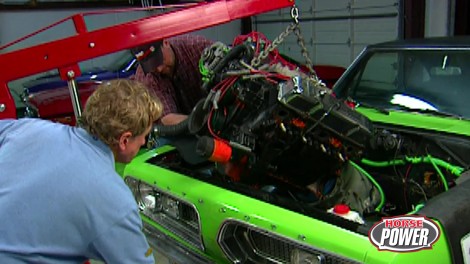
Mopar Mania Pt. 2
Our Mopar journey centers around placing a freshly assembled 360 crate motor into a lime green 1967 Plymouth Barracuda, one of our favorite a-body models.
Season 7
Episode 8
Hosts: Joe Elmore, Chuck Hanson
First Air Date: September 28, 2022
Duration: 20 minutes 28 seconds




























